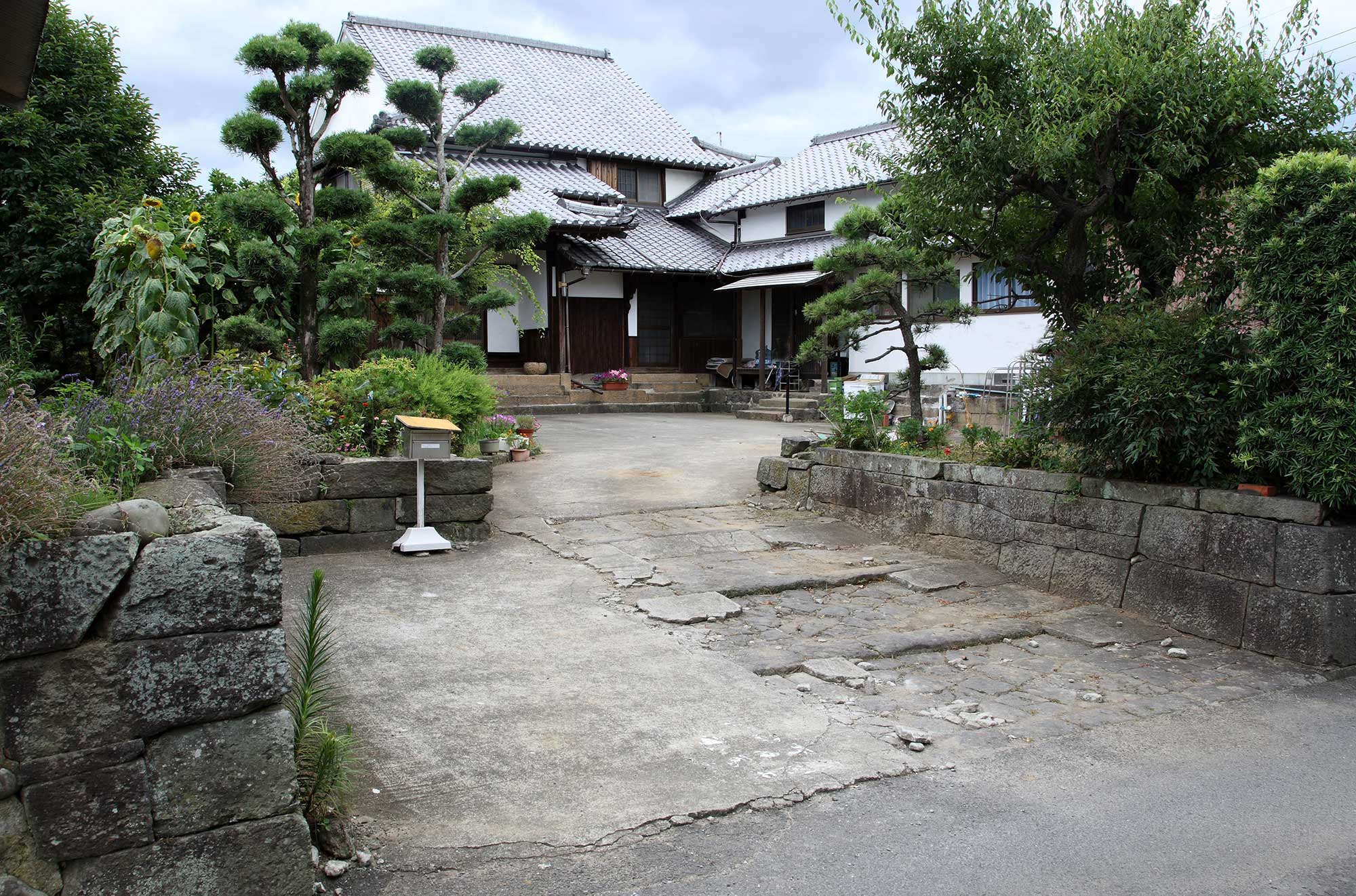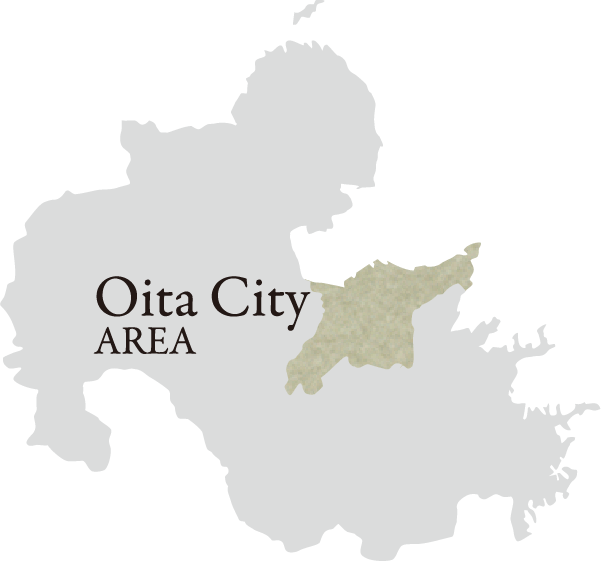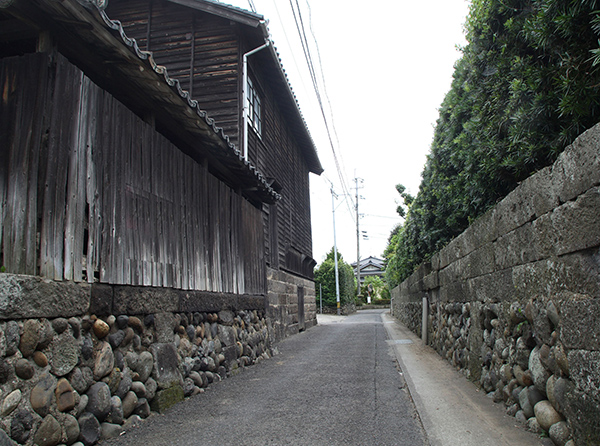

- City of Oita
- Buildings・Former Residence
- Folk Customs
Circular Dikes "Waju" Villages in Takata, Oita
Photography/MIYAJI Yasuhiko
Flood Controls throughout the Area
Ono River, the largest river in Oita Prefecture, diverted Otozu River to form a delta in the estuary. The main stream and the tributary are about 1.5 kilometers apart at one point, but become closer again after going down for about 3 kilometers, approaching to about 100 meters between the two rivers. Here, a very large river island about 350 hectare in size was born. This is Takata district. If you overlook from above it looks like a musical instrument, therefore it was nicknamed as “Biwa no Su (Island of lute).”
The people who lived in Takata district since the olden days have lived their lives deeply connected with Ono River. “Mother River” has provided a great deal of benefits, yet on the other hand, it has damaged people with frequent floods. Therefore, people surrounded the river island with levees since the Edo period. This is when Takata Waju Village was created.
Waju has unique device to control flooding. Housings are constructed on stone-raised land. The first floor is kept open without walls, reducing resistance to flash floods to prevent the house from being washed away, and the stairs to the second floor are made wider to facilitate evacuation. The storehouse has the foundation of stone walls, built higher than the main house, and stores emergency food, daily necessity supplies, and even a small boat. Then around it, hedges and large trees were planted to control flow of water, and sometimes people even climbed up the tree to avoid water.
It began with Itsuryutei of Kiyomasa Katou, the feudal lord of the early Edo period, and Waju became gradually stronger, but it is told that more than 60 flood damages occurred by the early Showa era. In 1929, the government set the expected high water volume to be 5,000 cubic meters per second, however floods exceeding 8,000 cubic meters occurred in 1943 and 1945. This has led to further strengthening of dikes and the construction of diversion weirs, and nowadays the risk has been drastically reduced.
However, this has gradually changed the residents’ awareness of the river, and new population was added with the development of residential areas. Now, there are over 2,000 households. People used to live with the river symbiotically, forming a flood control community to emphasize a sense of solidarity, but they say this is also gradually diminishing. Is the culture of Waju also changing?

Takata district, having symbiotically lived with Ono River. Unique measures against flooding is taken, where housings are constructed on stone-raised land.

